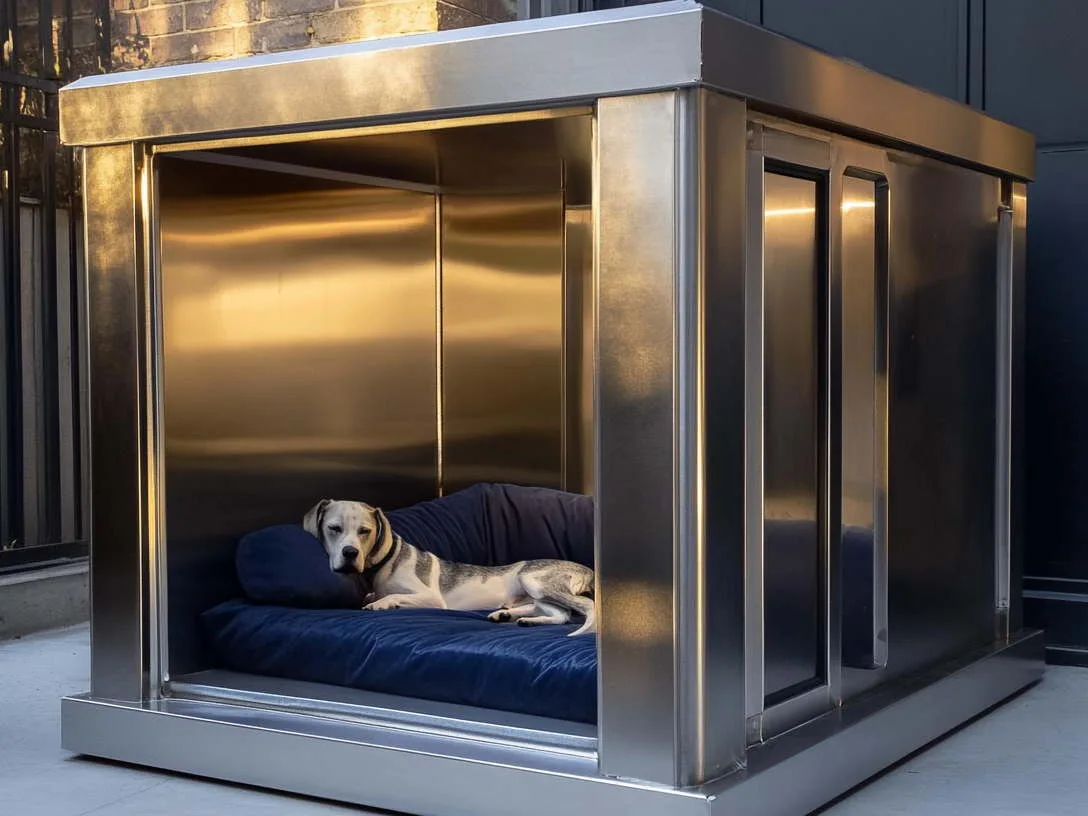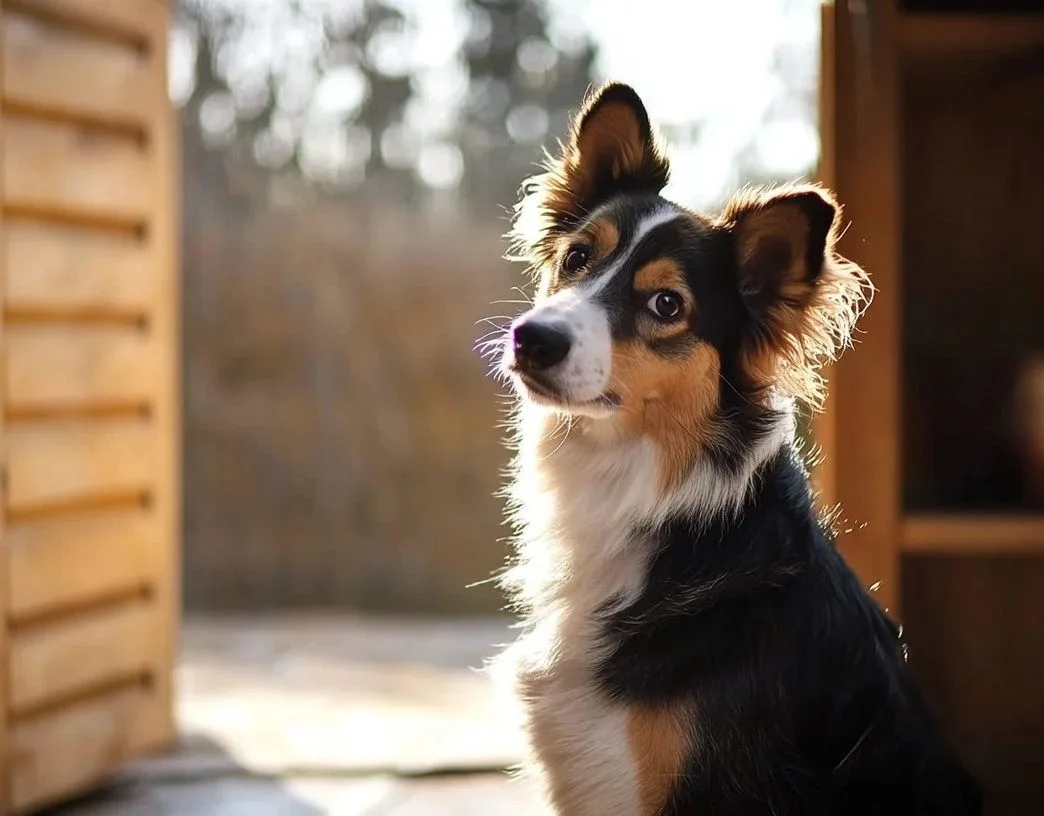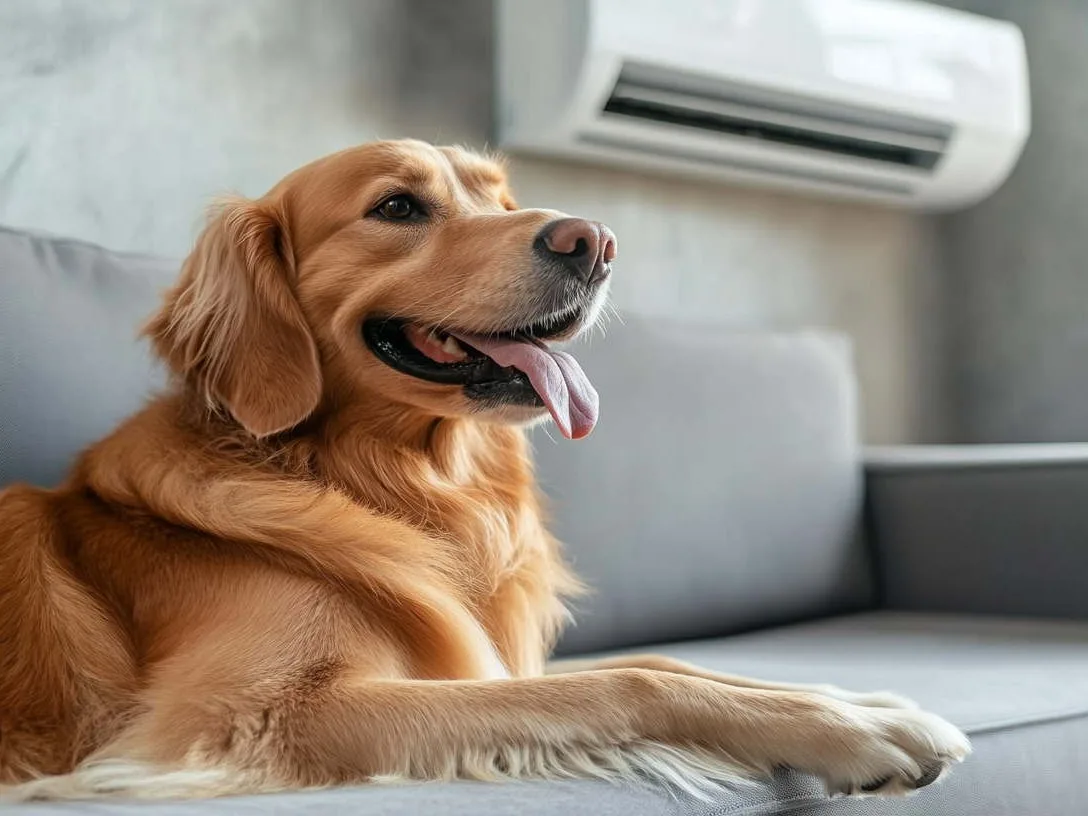SPH
2025.02.27
145
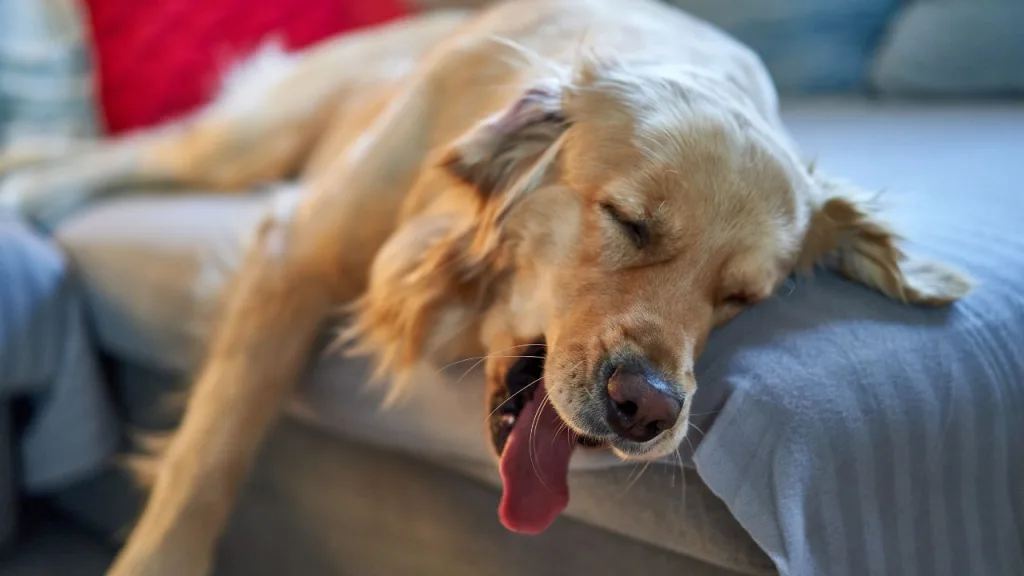
Have you ever seen your dog, who’s usually as calm as a butterball during the day, suddenly start growling in their sleep at night? Maybe even twitching their paws like they’re chasing something? Don’t panic—it’s not a ghost haunting your home! According to a 2022 survey by the American Veterinary Medical Association, over 78% of dog owners have reported similar “sleep performances” from their pets.
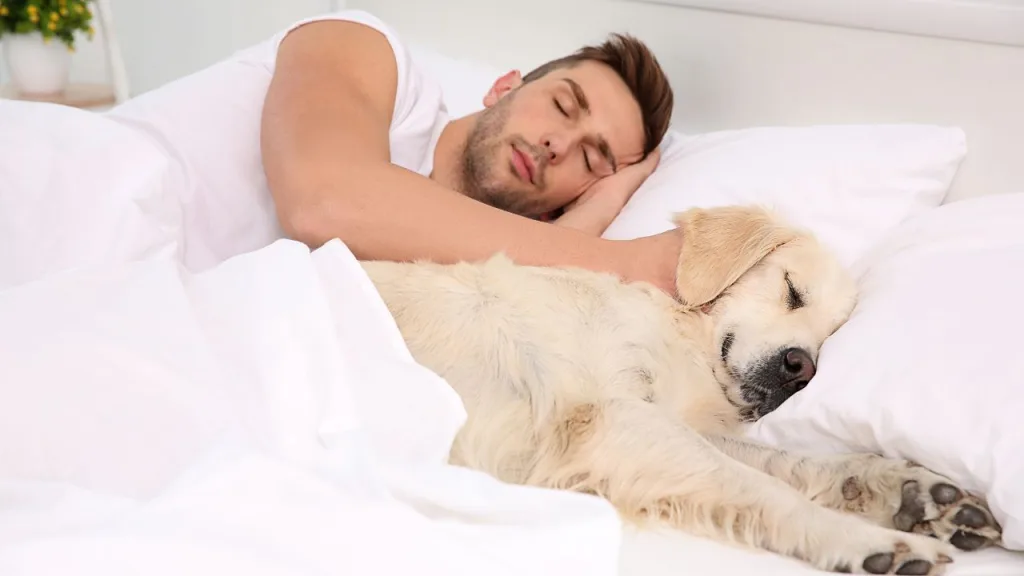
It turns out, that dogs’ sleep cycles are pretty similar to ours. When they enter the Rapid Eye Movement (REM) stage of sleep, their brains become as active as during the day, at about 80% of their waking brain activity. A study by the Animal Behavior Laboratory at the University of California used MRI scans and found that during REM sleep, dogs’ amygdalas (the emotional part of the brain) and motor cortices are highly active. In other words, your dog might just be playing Grand Theft Auto in their dreams!
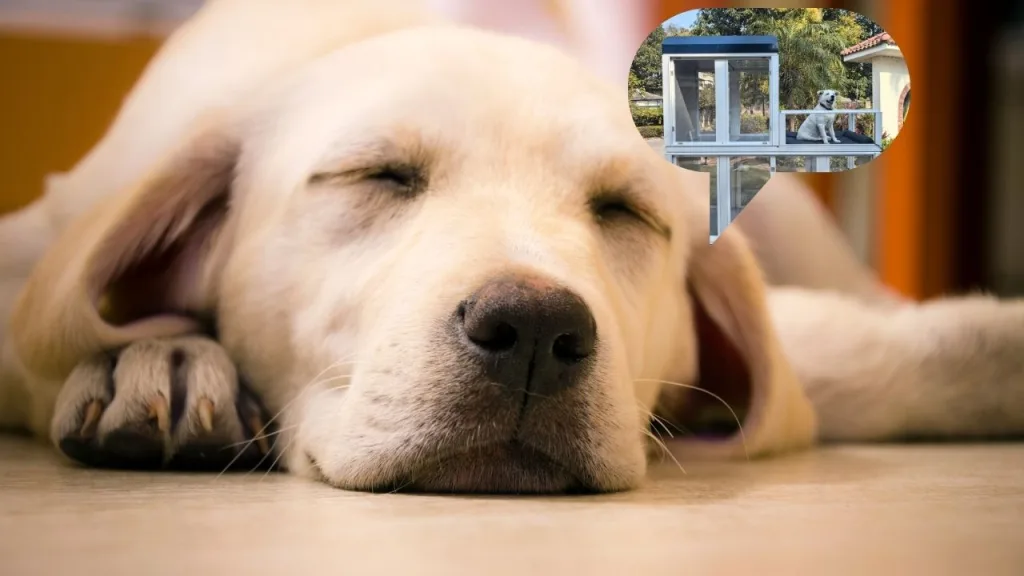
While we can’t directly access a dog’s dreams, observations suggest they may dream about:
1️⃣ Chasing and Play: If your dog loves to fetch or run in the park, these activities likely show up in their dreams. You may notice your dog’s legs twitching or paws moving as if running or chasing something.
2️⃣ Social Interactions: Dogs are social animals, and interactions with their favorite people, other dogs, or even new animals might feature prominently in their dreams. If your dog loves to play with their canine friends, you might see them wagging their tails or reacting to “playmates” in their dreams.
3️⃣ Comfort and Safety: Dogs may also dream about large dog houses or situations that make them feel safe and comfortable, such as snuggling on their favorite dog house bed or sleeping beside their owner. These comforting dreams may be accompanied by peaceful body language like relaxed muscles and a content expression.
But, if you notice any of these three things happening during their sleep, it’s time to be extra cautious:
1️⃣ Aggression During the Day: This could signal nervous system issues.
2️⃣ Frequent Waking During Sleep: This might indicate anxiety or pain.
3️⃣ Abnormally Rapid Breathing: A red flag for heart or lung issues.
If any of these happen, it’s time to take a closer look and perhaps consult with your vet.

In today’s pet care landscape, there’s a growing shift from traditional observational methods to data-driven monitoring. Sleep quality, a vital indicator of a pet’s physiological well-being, has long lacked effective monitoring solutions. Traditional observation methods often fail to capture the complete sleep cycle, and scattered smart devices lack systematic analysis.
SPH has developed an intelligent dog house system based on animal behavior research. This system integrates with a smart collar to identify canine sleep stages. The collar’s built-in millimeter-wave radar continuously tracks heart rate and respiration, while the pressure sensor array inside the dog house records posture changes. This collaboration generates professional sleep reports encompassing deep sleep duration, REM cycles, and abnormal awakenings, providing owners with scientific insights for informed care decisions. Just last week, a user in Colorado discovered that their Corgi was getting 40% less deep sleep than the average dog. After a quick check, they found out it was caused by chronic arthritis interrupting their sleep.
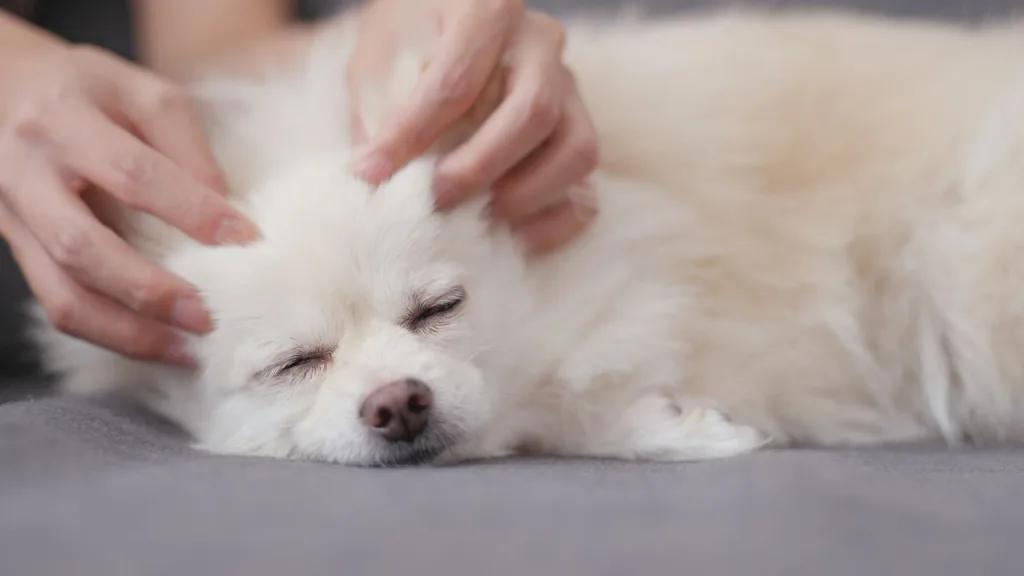
Ensuring your dog gets a good night’s sleep is crucial for their overall health and happiness. Here are a few tips for improving your dog’s sleep quality:
1️⃣ Create a Sleep Routine: Just like humans, dogs benefit from a consistent sleep schedule. Ensure your dog has a regular bedtime and a calm environment, free from disturbances.
2️⃣ Comfortable Bed or Dog House: A high-quality dog house bed or insulated dog house provides support and comfort, reducing restlessness and promoting a better sleep experience.
3️⃣ Limit Stimulants Before Bed: Avoid giving your dog high-energy activities or food right before bedtime. This can cause them to be too excited to sleep soundly, potentially impacting the quality of their dreams.
Of course, most of the time, all you need to do is gently tuck your dog back into their favorite dog house bed, just like you would for a child talking in their sleep. According to animal behaviorist Patricia McConnell, dogs are highly likely to reenact scenes from their day in their dreams, with a 63% chance of doing so. Who knows, your dog might be dreaming of the tenth time they chased off that mischievous little boy who always passes by your yard!

